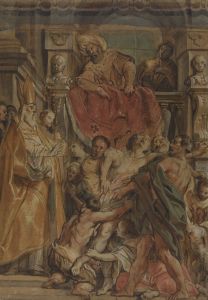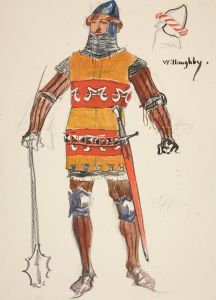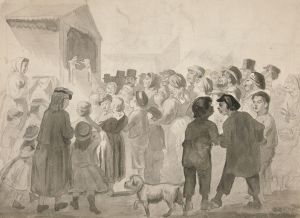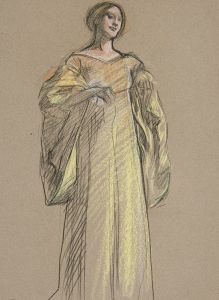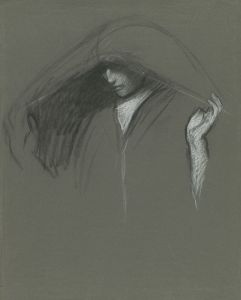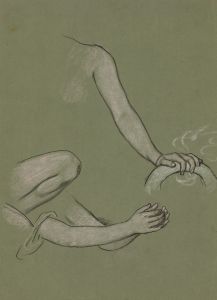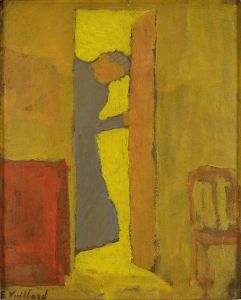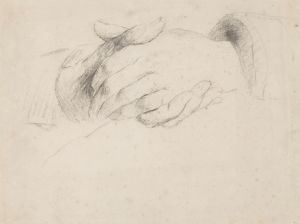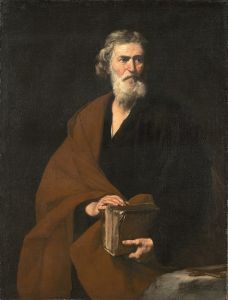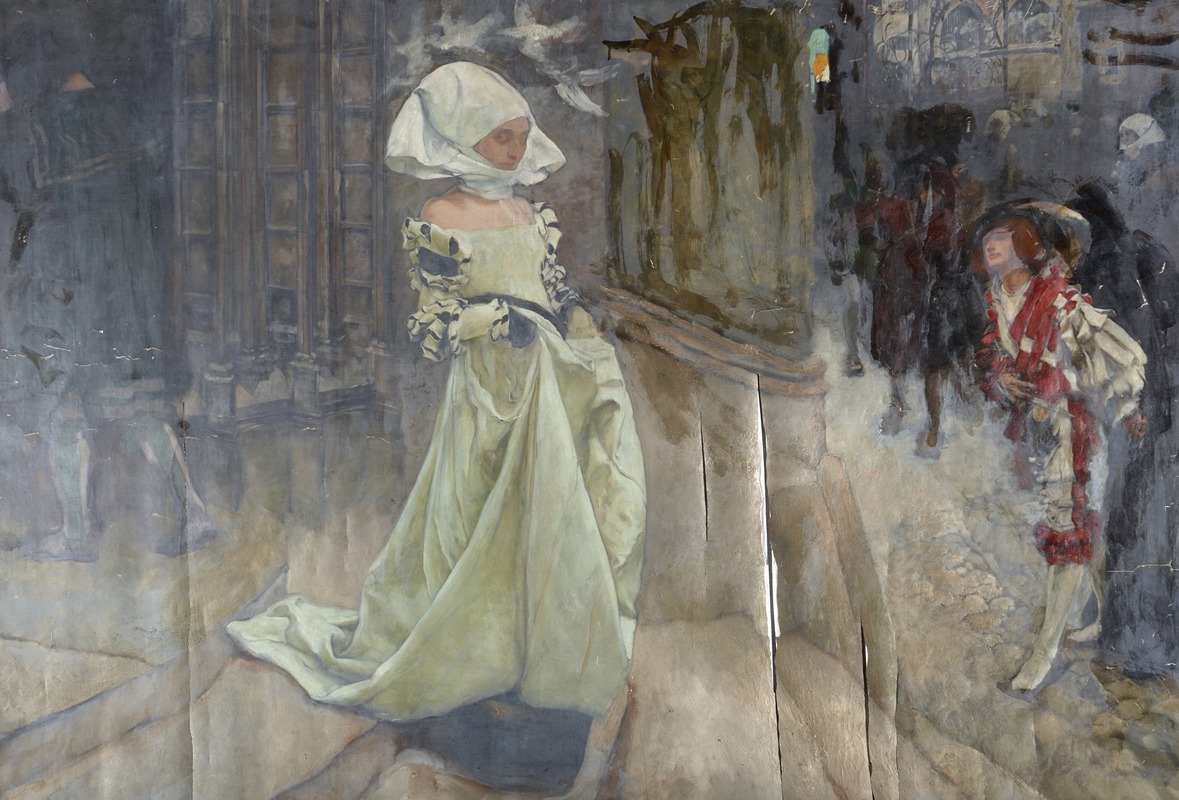
Figure Study, possibly for Margaret and Faust
A hand-painted replica of Edwin Austin Abbey’s masterpiece Figure Study, possibly for Margaret and Faust, meticulously crafted by professional artists to capture the true essence of the original. Each piece is created with museum-quality canvas and rare mineral pigments, carefully painted by experienced artists with delicate brushstrokes and rich, layered colors to perfectly recreate the texture of the original artwork. Unlike machine-printed reproductions, this hand-painted version brings the painting to life, infused with the artist’s emotions and skill in every stroke. Whether for personal collection or home decoration, it instantly elevates the artistic atmosphere of any space.
Edwin Austin Abbey was an American artist known for his illustrations and paintings, particularly those that depicted scenes from literature and history. One of his works, "Figure Study, possibly for Margaret and Faust," reflects his interest in literary themes, although specific details about this particular piece are limited.
Abbey was born on April 1, 1852, in Philadelphia, Pennsylvania. He began his artistic career as an illustrator, contributing to magazines such as Harper's Weekly. His work was characterized by a meticulous attention to detail and a strong sense of narrative, which made him a popular illustrator for literary works. Abbey's illustrations often accompanied the writings of authors like Charles Dickens and William Shakespeare, bringing their stories to life with vivid imagery.
In the late 19th and early 20th centuries, Abbey transitioned from illustration to painting, focusing on large-scale works that often depicted historical or literary subjects. He moved to England in 1878, where he became associated with the Pre-Raphaelite Brotherhood, a group of artists known for their detailed and vibrant works inspired by art from before the time of Raphael. Abbey's style was influenced by this movement, and he became known for his historical accuracy and rich color palettes.
"Figure Study, possibly for Margaret and Faust" is believed to be a preparatory work related to Abbey's interest in the story of "Faust," a classic German legend that has been adapted by many writers, including Johann Wolfgang von Goethe. The story of "Faust" revolves around a scholar who makes a pact with the devil in exchange for knowledge and pleasure. Margaret, or Gretchen, is a central character in Goethe's version, representing innocence and tragedy.
While specific information about this particular figure study is scarce, it is likely that Abbey was exploring character poses, expressions, or compositions for a larger work related to the "Faust" narrative. Abbey was known for his thorough preparatory process, often creating numerous sketches and studies before completing a final painting. This meticulous approach allowed him to capture the essence of his subjects and convey the emotional depth of the stories he depicted.
Abbey's contributions to the art world were significant, and he was recognized for his achievements during his lifetime. He was elected to the National Academy of Design in 1902 and became a member of the Royal Academy in London in 1898. Abbey's work continues to be celebrated for its technical skill and narrative power.
In summary, while detailed information about "Figure Study, possibly for Margaret and Faust" is limited, it is a testament to Edwin Austin Abbey's dedication to exploring literary themes through his art. His legacy as an artist who bridged the worlds of illustration and painting remains influential, and his works continue to be appreciated for their historical and artistic significance.






